Last updated on June 9th, 2025 at 05:20 pm

- Pump handle movement describes upward rib motion during inspiration, increasing chest cavity volume
- Primarily involves ribs 1-6 and is controlled by diaphragm + intercostal muscles
- Increases anteroposterior chest diameter by ~20% during breathing
- Impaired movement indicates respiratory dysfunction (COPD, rib fractures)
- Watch the 3D animation below to visualize the biomechanics
The increase in the anteroposterior diameter of the rib cage during respiration due to the movement of ribs is known as the pump handle movement of ribs.
But why is it called a pump handle movement? What is the significance of this rib movement? We will answer all these questions in this article, so read the post till the end to get the most out of it.
What Is the Pump Handle Movement of Ribs?
Our chest expands and compresses during inspiration and expiration, which is important for breathing. This changes the volume of the chest.
This change in the volume of the chest is brought about by the movement of the ribs and diaphragm. For a better understanding of rib cage movement, it is scientifically classified into two types.
One is bucket handle movement, and another is pump handle movement. About bucket handle movement, we have already discussed in one of our previous articles.
But, before we move forward, for a better understanding, let’s start with the anatomy of the chest. If you would like to watch the video instead, then scroll down to the bottom of this article.
Definition and Anatomy of Rib Motion
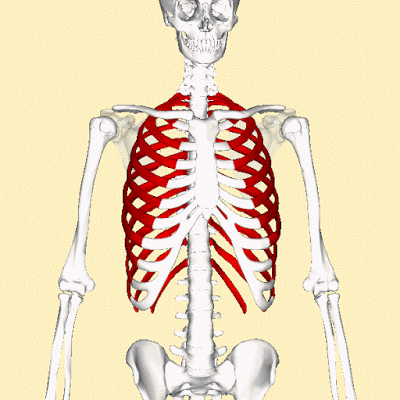
Look at the animated figure of our rib cage, the red coloured bones are ribs. Observe the shape of the chamber that ribs form, we call it a
If you could make out, the thoracic chamber is in a conical shape, a cone with the pointed part above, with its sides and the base at the bottom.
The pointed part of the cone forms the apex of the rib cage, and the diaphragm forms the base. The sides of the cone are made of ribs, sternum, and vertebrae. To sum up:
- Pointed part: apex
- Base: Diaphragm.
- Sides: Front- Sternum, Back: vertebrae, Side: Ribs.
Together, they make a rib cage.
Biomechanics of pump handle movement
During respiration, the ribs move to expand the chest and contract during expiration. The diaphragm also moves up and down to increase or decrease the volume of the chest.
Medical science explains this movement of ribs by bucket handle movement and pump handle movement of the ribs.
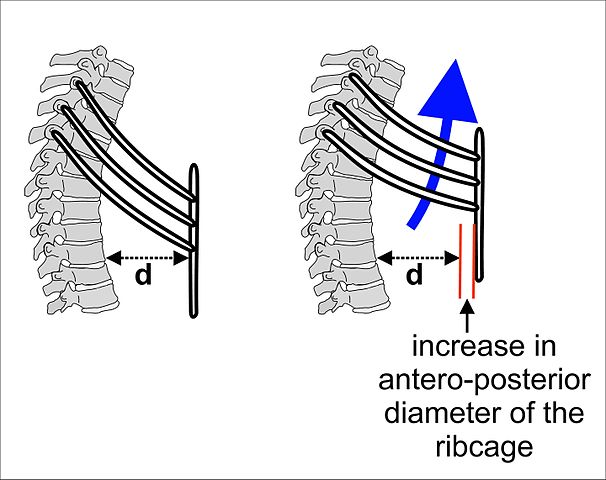
Look at the rib cage from the side (anteroposterior view), the pump handle movement would be apparent. The ribs, which unite with vertebrae on the backside, form the axis of the pump, and the ribs themselves form the handle (fulcrum) of the pump.
Usually, the ribs lie lower to the axis (see figure above). So, during inspiration, the ribs elevate over the axis so as to increase the volume of the rib cage. During expiration, the ribs lower down to ones again decrease the volume.
This elevation and depression of ribs over the axis gives the impression as if the pump handle is moving.
1. How Ribs Move During Inspiration and Expiration
The pump handle movement describes the upward and outward motion of the ribs during inhalation, resembling the action of lifting a water pump handle. Here’s the step-by-step biomechanics:
- During Inspiration (Inhalation):
- The ribs (especially upper ribs 1–6) pivot at their vertebral attachments, elevating the sternum forward and upward.
- This increases the anteroposterior (front-to-back) diameter of the thoracic cavity by ~20%, creating space for lung expansion.
- The movement is most pronounced in the 3rd–5th ribs due to their curvature and sternal attachments.
- During Expiration (Exhalation):
- The ribs depress downward, returning to their resting position.
- The elastic recoil of the lungs and relaxation of muscles reduce thoracic volume, pushing air out.
Why It Matters:
This motion is critical for efficient ventilation—impaired pump handle movement (e.g., due to rib fractures or ankylosis) can reduce lung capacity by up to 30%.
2. Role of the Diaphragm and Intercostal Muscles
The pump handle movement is powered by two key muscle groups:
- Diaphragm:
- Contracts and flattens during inspiration, increasing vertical thoracic space.
- Indirectly pulls the lower ribs upward (via zone of apposition), synergizing with pump handle motion.
- Intercostal Muscles:
- External intercostals: Elevate ribs during inspiration (like “lifting a bucket handle”).
- Internal intercostals: Assist forced expiration by depressing ribs.
Clinical Insight:
Weakness in these muscles (e.g., COPD or neuromuscular disorders) leads to paradoxical breathing—where the chest moves inward during inspiration instead of expanding.
Pro Tip:
Palpate the sternum and costal margins during deep breathing to feel the pump handle motion in action.
3. 3D Animation of Pump Handle Motion
“Video Demonstration: Watch how the ribs and sternum elevate during pump handle movement in this 3D animation:”
SEO Tips for the Video Section:
- Add a transcript below the video (Google indexes text for SEO). Example snippet:“The 3D model shows ribs 1–6 rotating upward at the costovertebral joints, while the sternum moves anteriorly—like a pump handle—to expand the chest cavity.”
- Keyword-rich title: “Pump Handle Rib Motion: 3D Biomechanics Explained”
- Link to related content: “For a deeper dive, read our guide on Bucket Handle vs. Pump Handle Movement.”
Keep Reading: Bucket handle movement of ribs: Anatomy behind it
FAQ on pump handle movement
The author is a physiotherapist who has been practising for the last 17 years. He holds a Bachelor's in Physiotherapy (BPT) from SVNIRTAR (Swami Vivekananda National Institute of Rehabilitation and Research), one of the prestigious physiotherapy schools in India.
Whatever he learns dealing with his patient, he shares it with the world through blogs and e-books. He also owns a YouTube channel, "Sunit Physiotherapist" with over 8 lakh active subscribers. Here, he shares everything he gets to learn serving the patient.

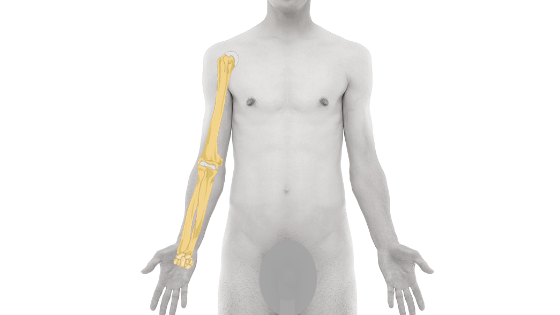
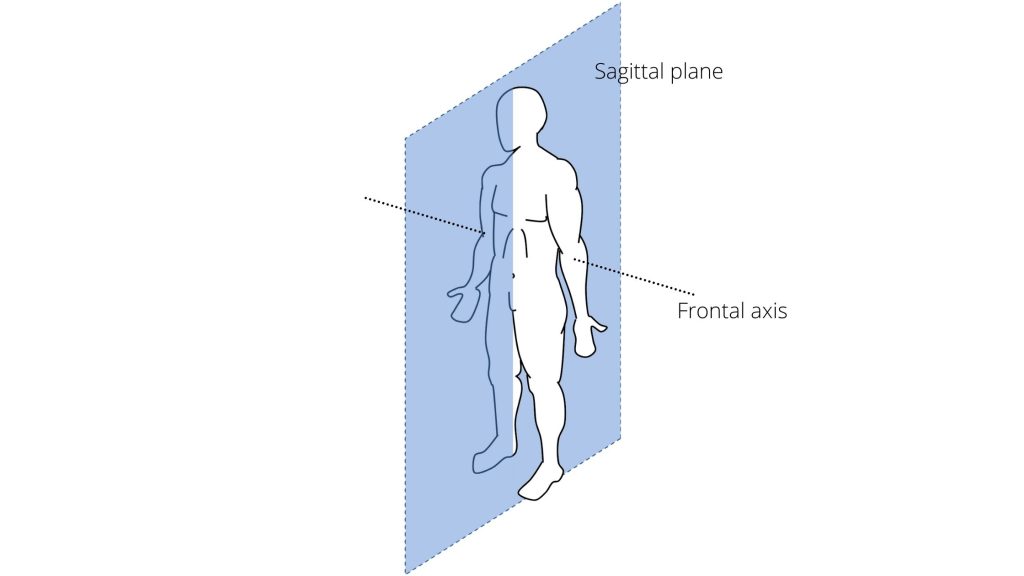
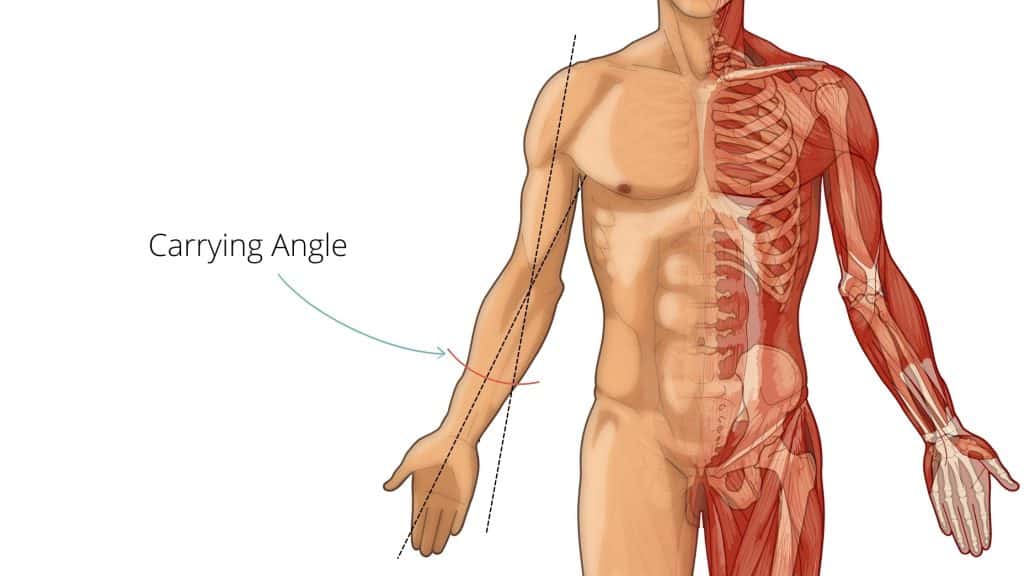
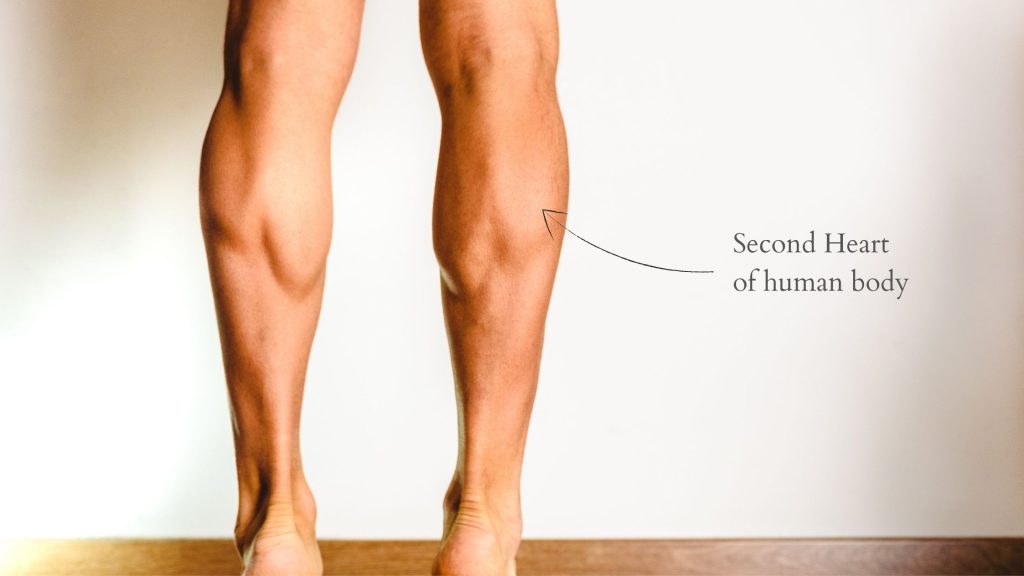
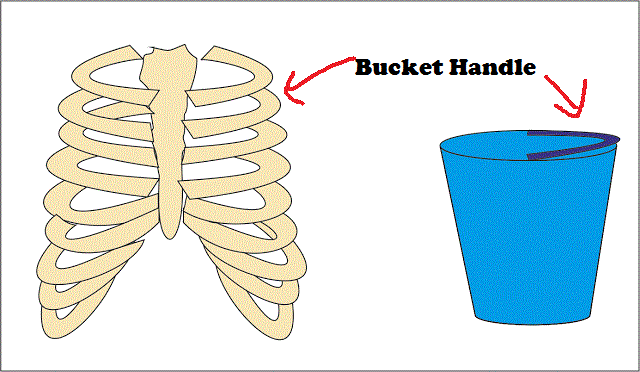
Glad that you like it
It was an amazing text .understandable.
Pingback: What is Bucket Handle Movement of Ribs, it's Anatomy : Physiosunit
wow! very useful and custom essay writing uk about physiotherapy and electrotherapy techniques,you have shared great information to keep heathy and get ride of different biological problems.thanks for sharing.